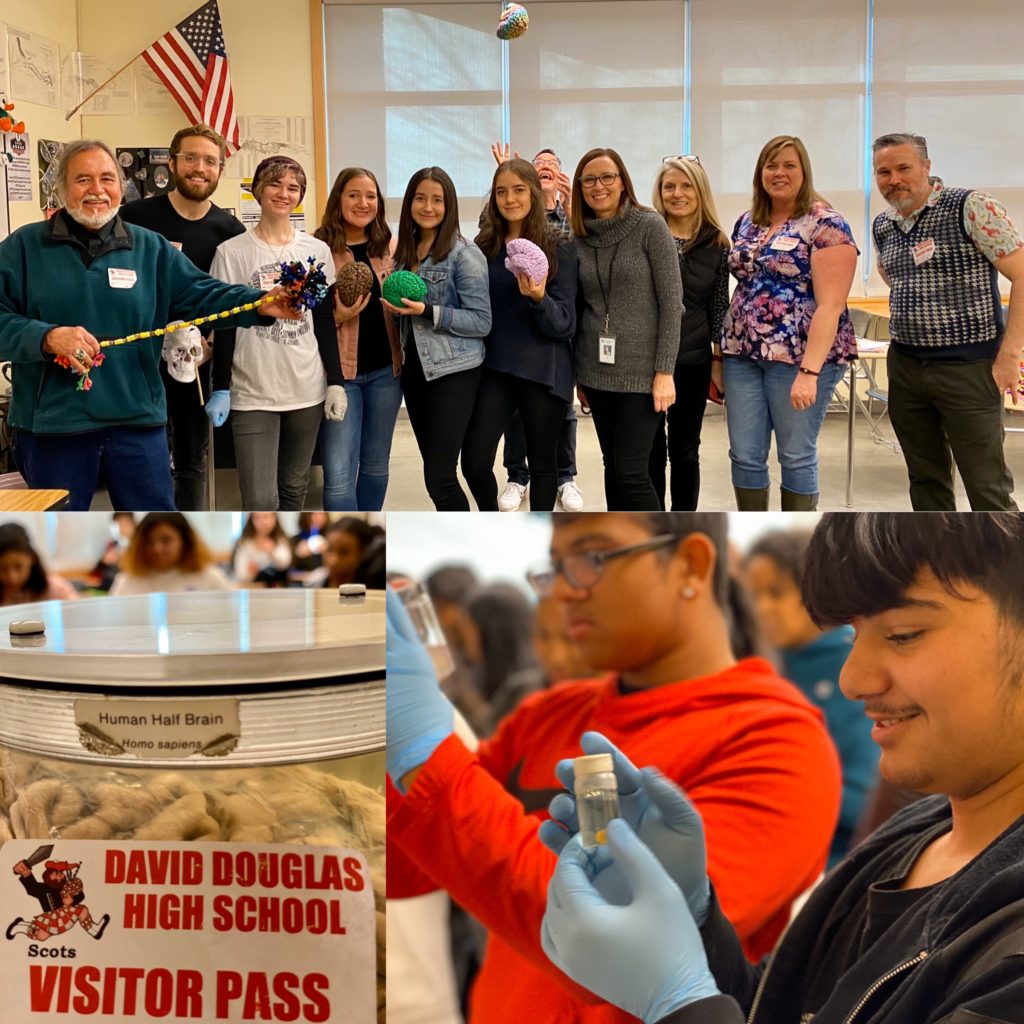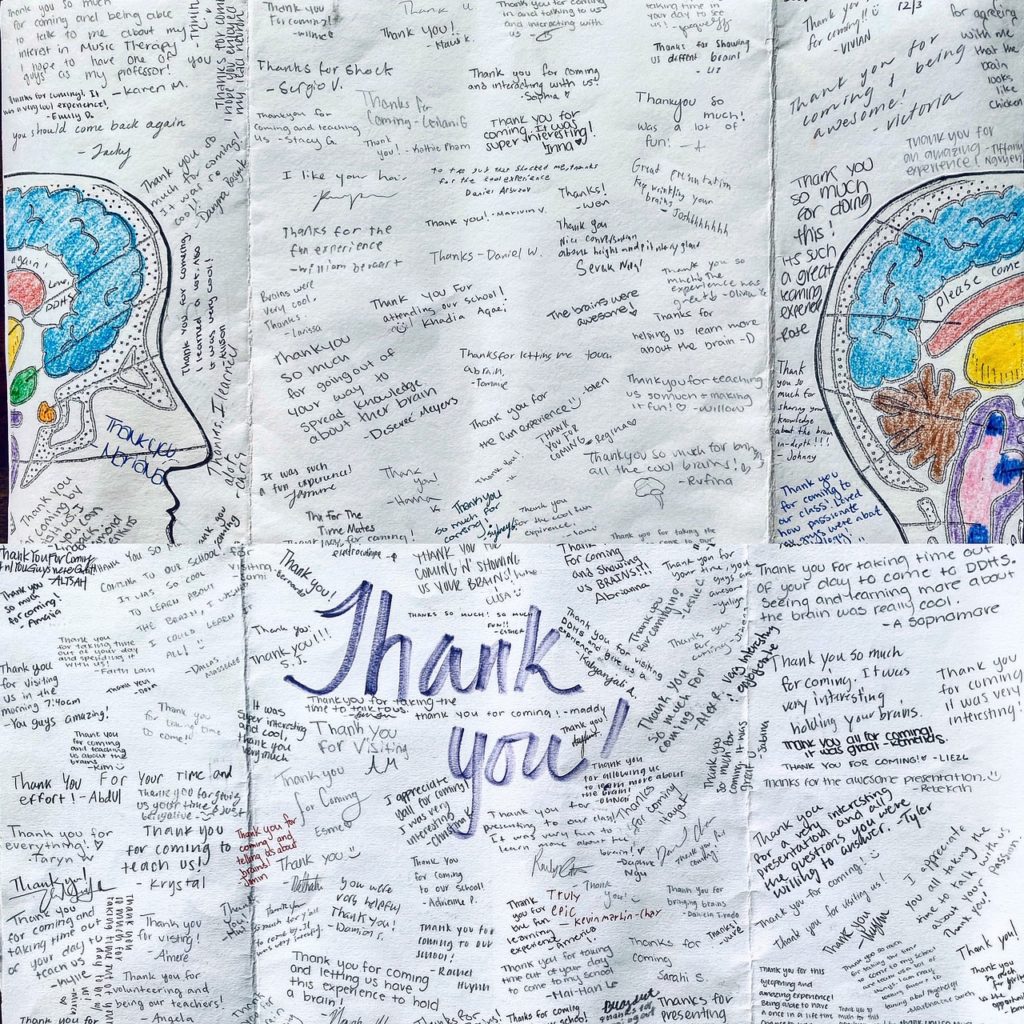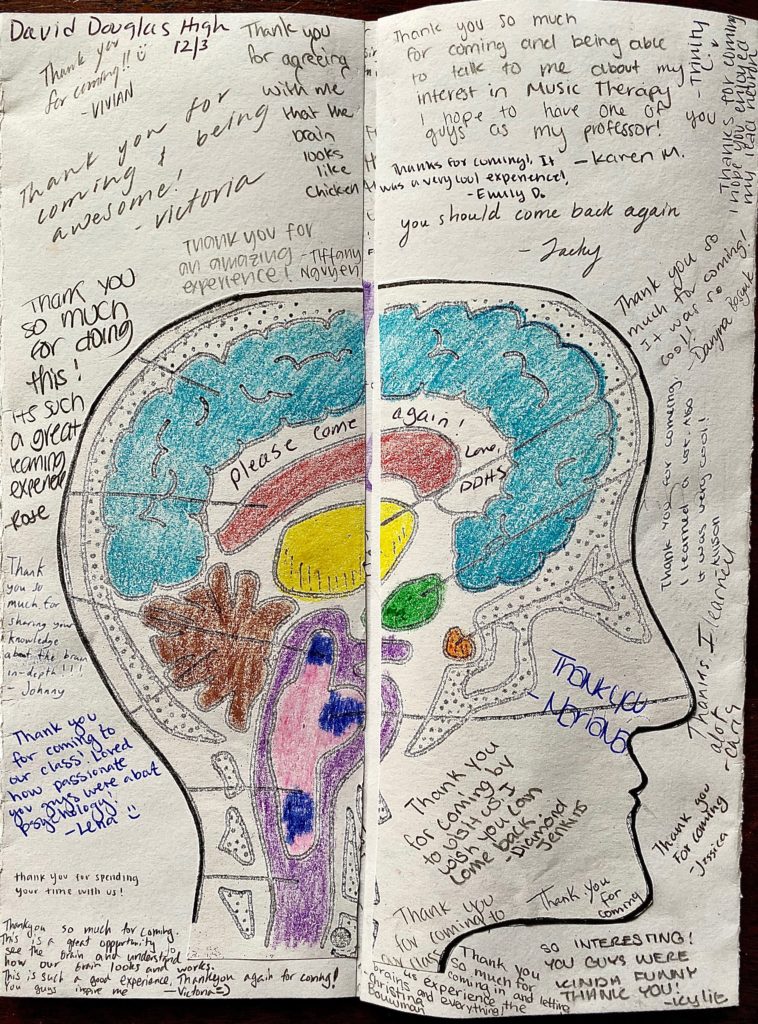“Morning comes whether you set the alarm or not”
― Ursula LeGuin

Thankful for brains: Coffee, pastries and noggins (oh my!)
High schoolers, teachers, staff and our brain-obsessed NW Noggin volunteers awoke before dawn on a cool, crisp December morning, all headed to David Douglas High School. David Douglas, named after a 19th century botanist from Scotland (and the source of the “Douglas” in Douglas fir) boasts a number of well-known graduates, including actors Sam Elliott and Lindsay Wagner, and Oregon’s U.S. Senator Jeff Merkley. U.S. Olympic skater Tonya Harding attended, too, but left school for adventures on ice.
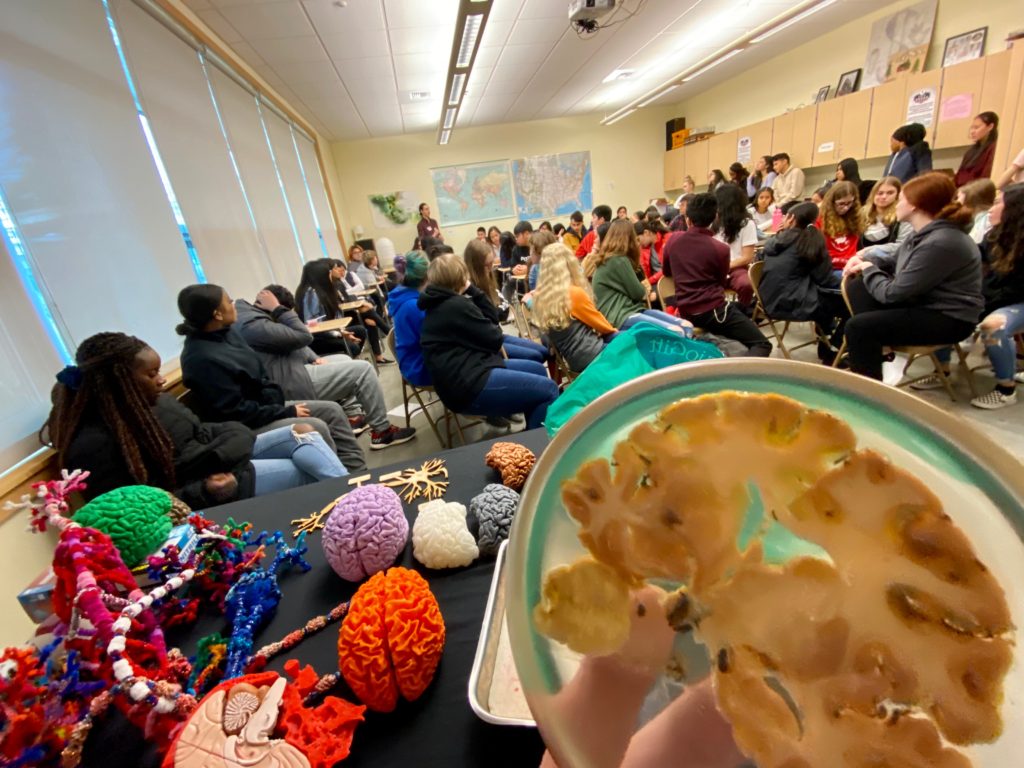
David Douglas High School: The diverse home of the “Scots“
Our morning throng of dedicated, caffeinated outreach volunteers included Dr. Denesa Lockwood from OHSU, Aaron Eisen from NUNM, and Paul Delahanty, Madeline Ogle, Danny Leister-Gray, Drew Sinclair, Cam Howard and David Douglas graduate Muhammad Ayob Mohamed Amin (“Mo”) from Portland State University!
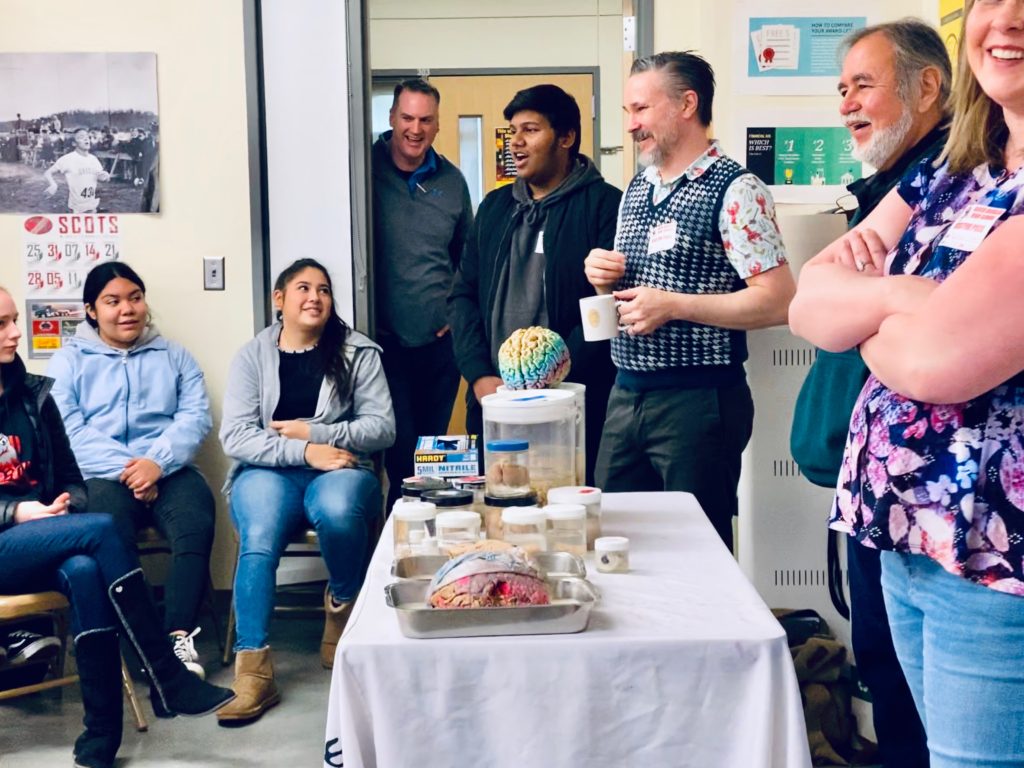
Today was also #GivingTuesday: “Let Knowledge Serve”
Mo was initially a bit anxious about stepping back into his high school classroom (how might you feel?) – but quickly reconnected with teachers and students still in school! In no time at all, he was discussing brains and brain research with confidence and enthusiasm.
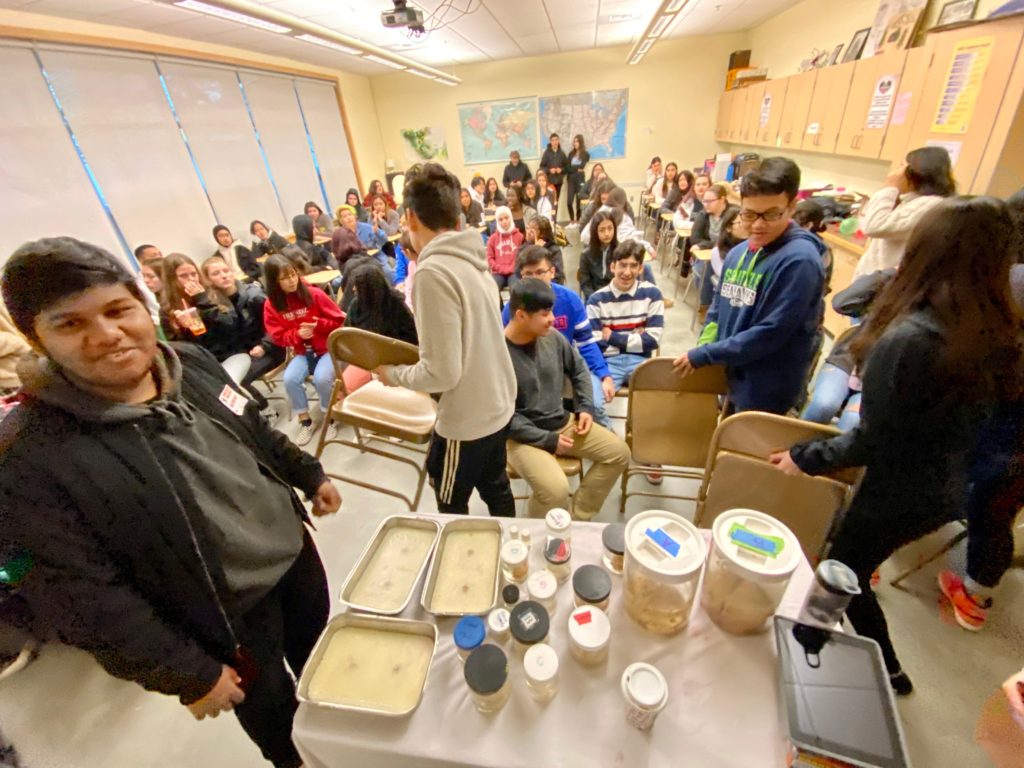
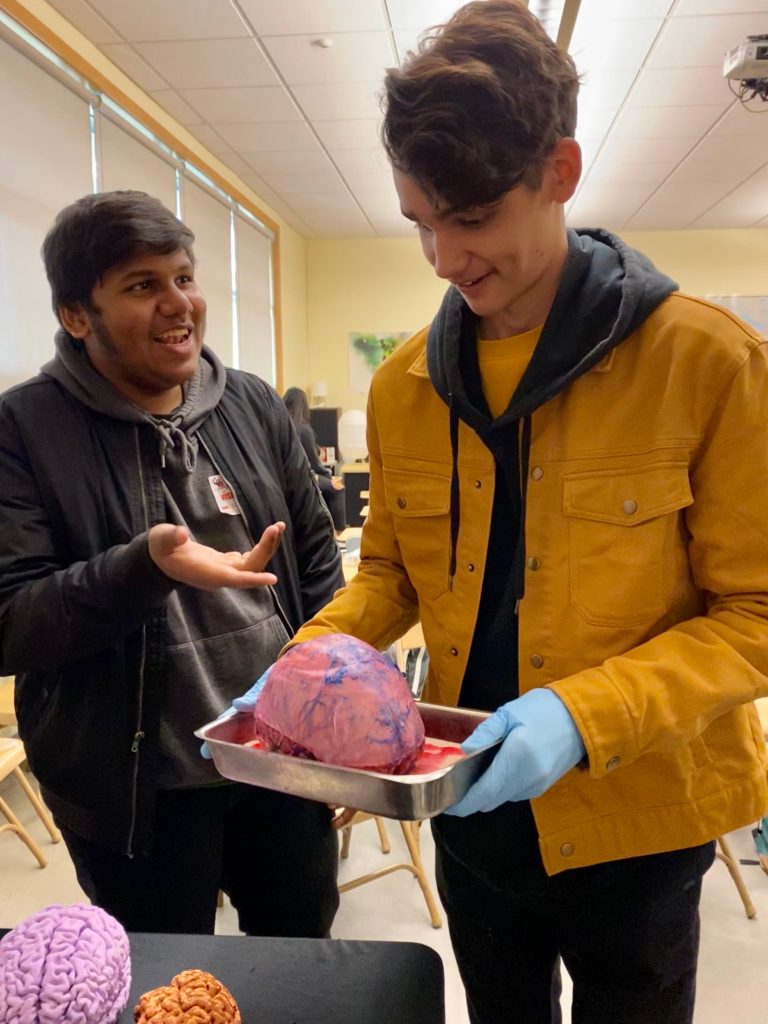
Sleep and the Brain
After brief introductions, we discussed student questions, many in that first class centered on the need for more sleep!
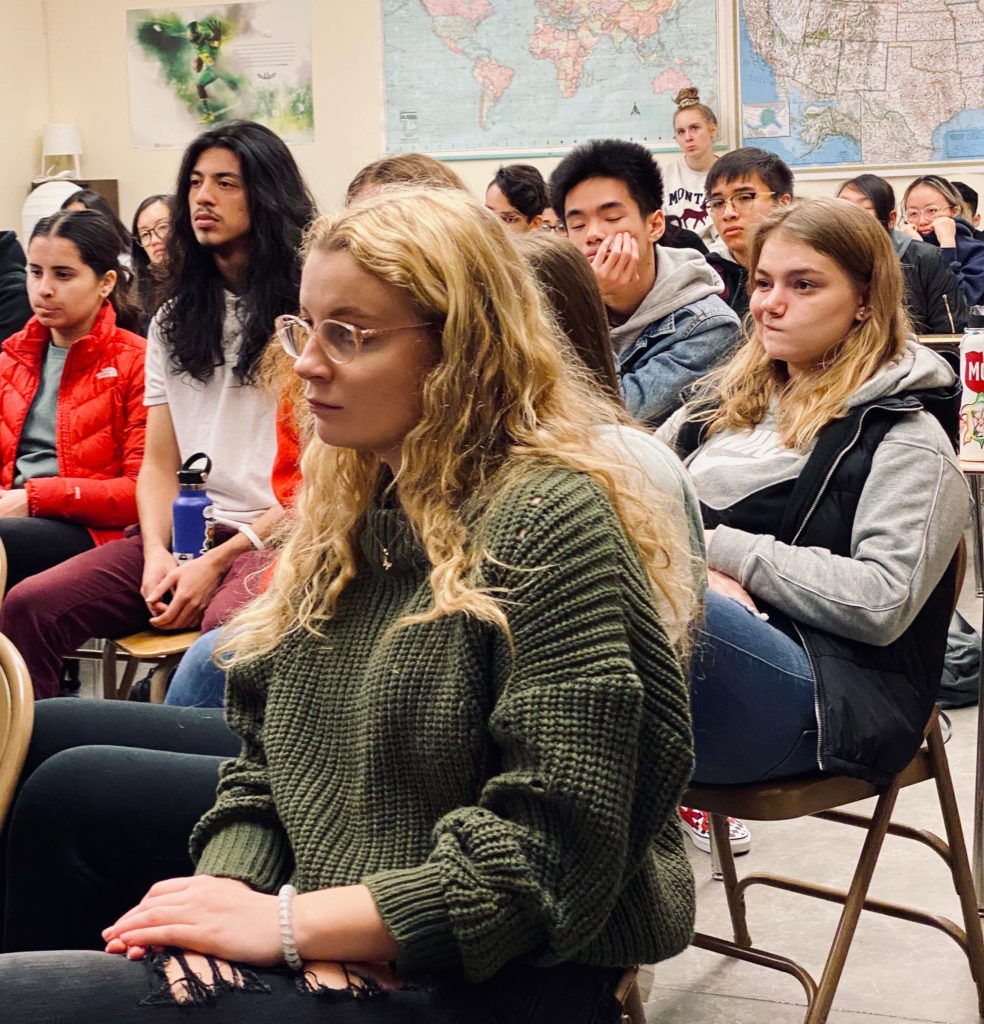
Teenagers naturally experience dramatic shifts in their circadian cycles as a thoroughly normal part of biological development, staying up late and then sleeping in, and requiring a minimum of 8-9 hours of sleep each night…
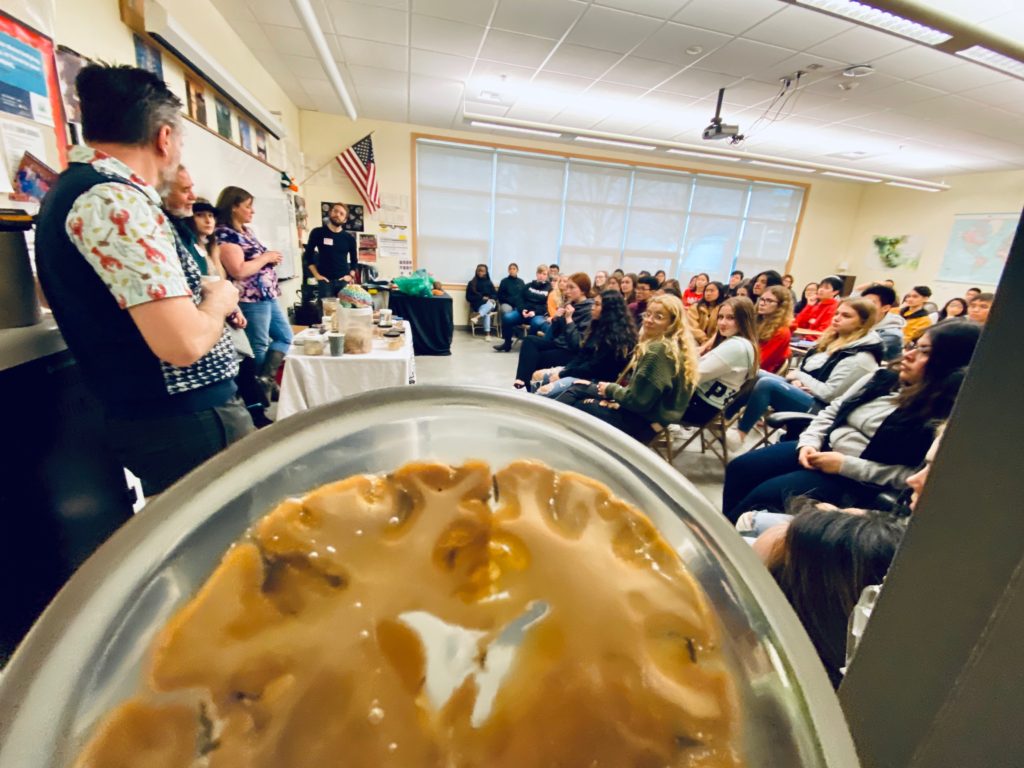
Most can’t get to bed early, with many awake past midnight. Toddlers, of course, need their naps, and you would never willingly force a toddler to stay awake without both you and they suffering the consequences!
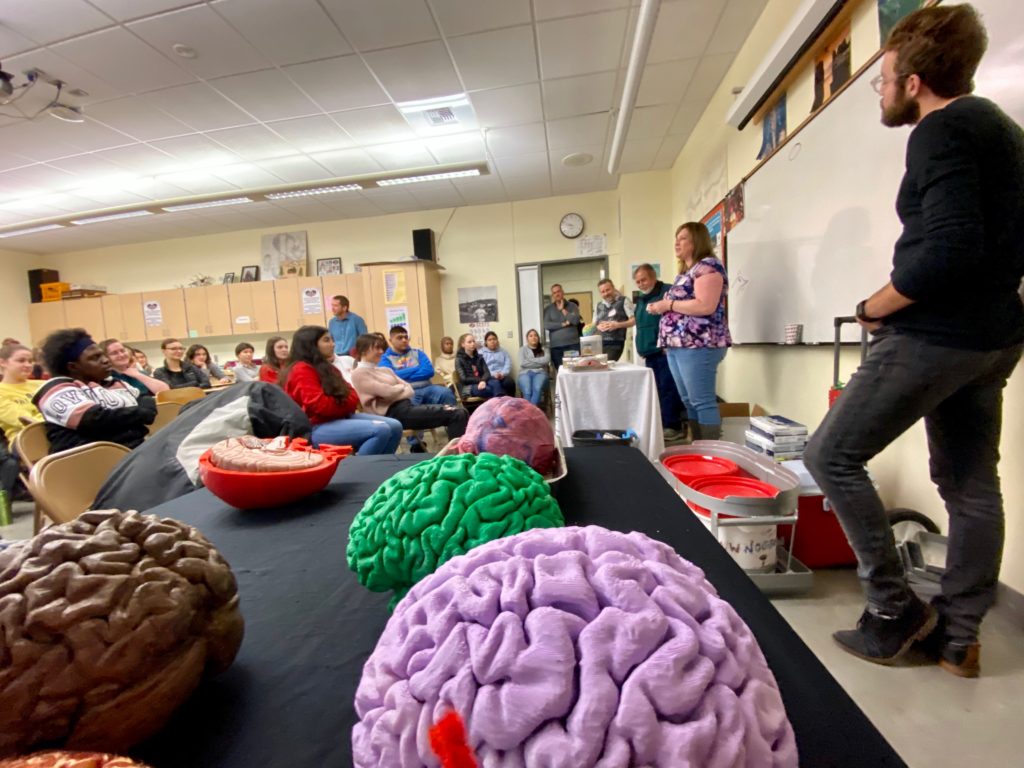
LEARN MORE: Adolescent Changes in the Homeostatic and Circadian Regulation of Sleep
LEARN MORE: Sleep, circadian rhythms, and delayed phase in adolescence
And the research here is crystal clear: School districts that shift their start times forward experience tremendous benefits, including improved attendance and academic performance, and significant decreases in the prevalence of anxiety, depression, ADHD, traffic accidents and suicide.
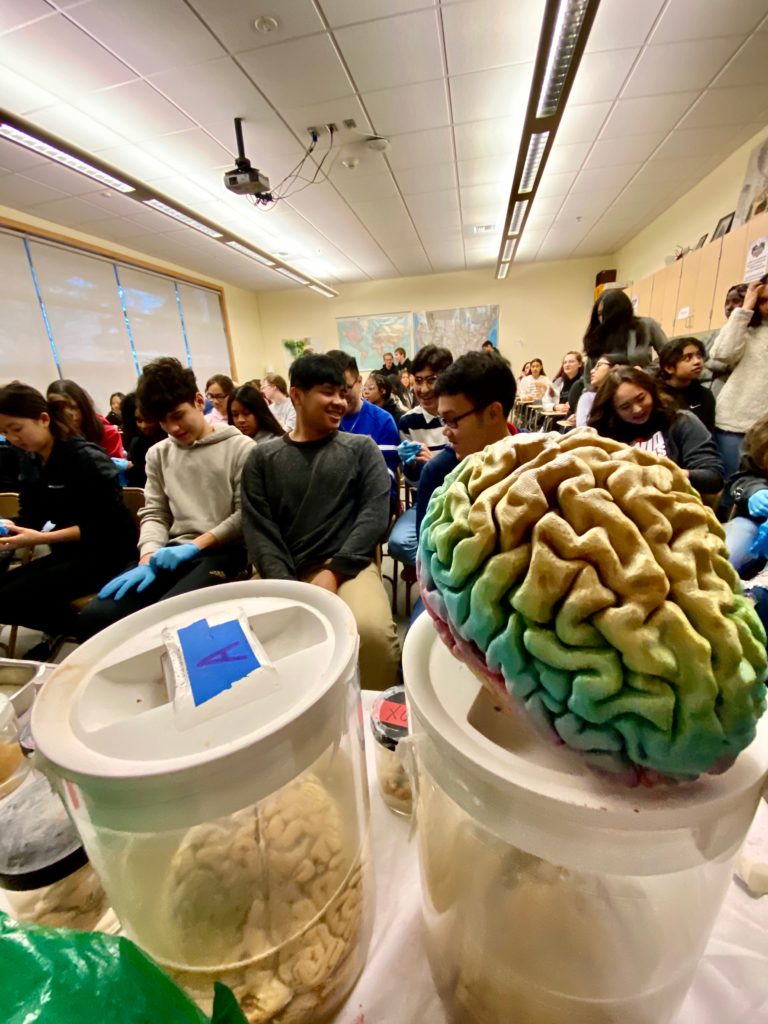
LEARN MORE: Brains, biofeedback & SLEEP
LEARN MORE: Sleep habits, academic performance, and the adolescent brain structure
LEARN MORE: School Start Times, Sleep, Behavioral, Health, and Academic Outcomes
LEARN MORE: Noggins in Nod
FACT: It is way past time to let our tired adolescents sleep…
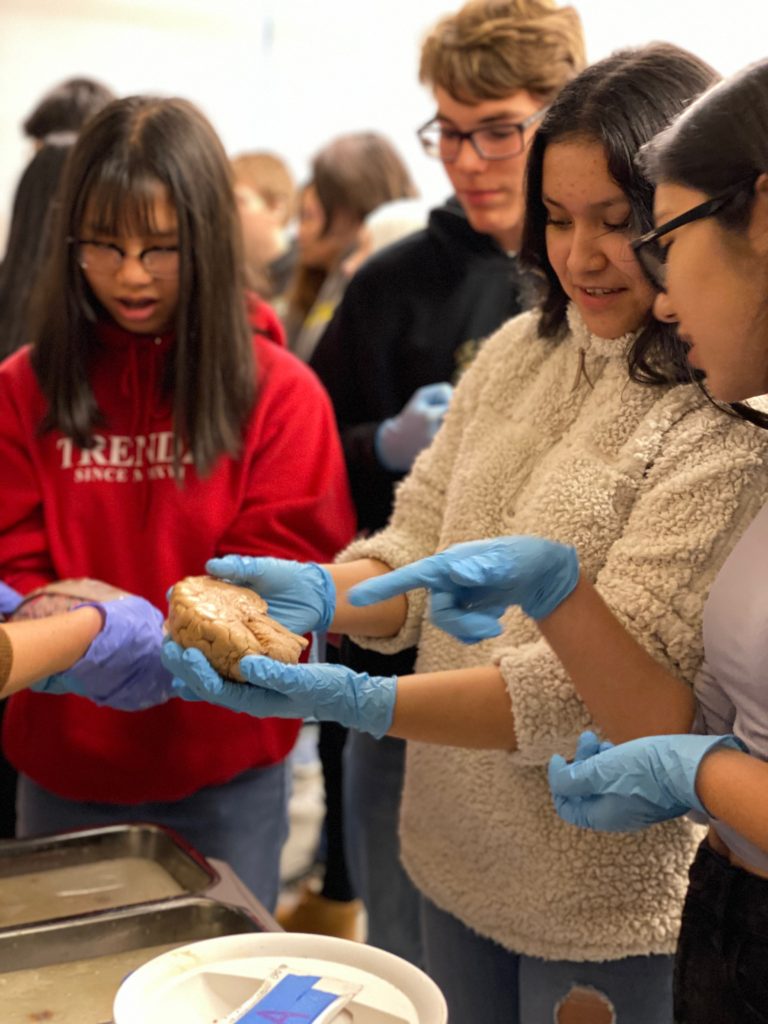
“These early school start times are just abusive.”
– Mary Carskadon, Ph.D.
Yet despite the early hour, there were so many good questions!
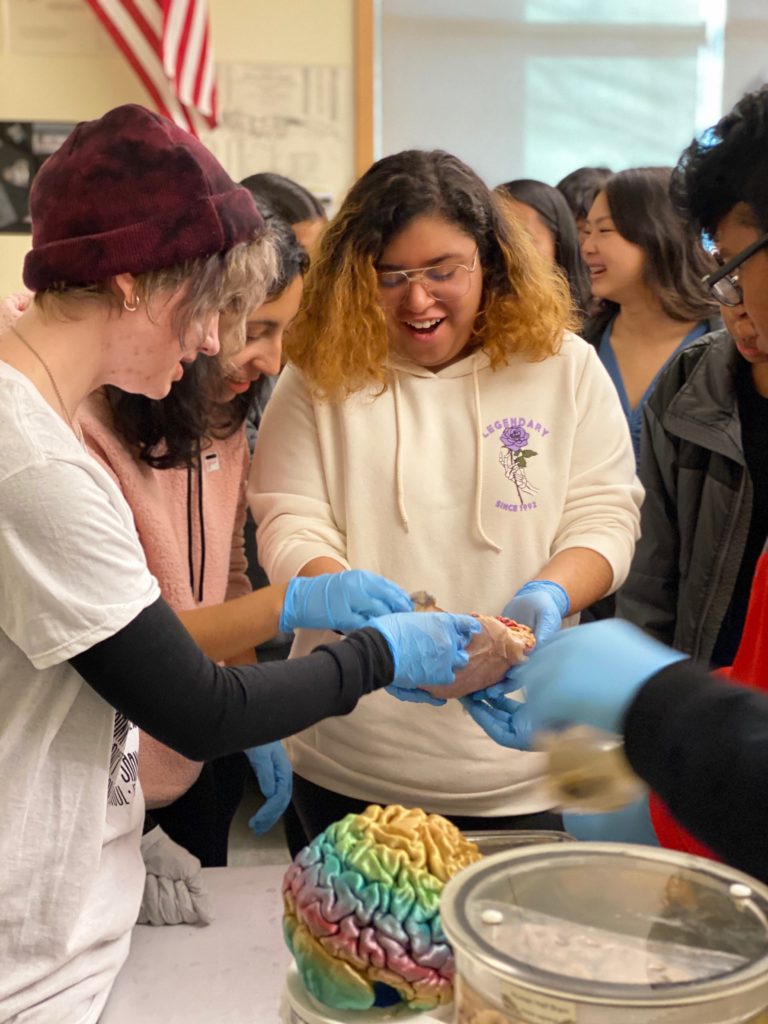
LEARN MORE: Classical psychedelics for the treatment of depression and anxiety: A systematic review
LEARN MORE: Sundowning in Dementia: Clinical Relevance, Pathophysiological Determinants, and Therapeutic Approaches
LEARN MORE: Microglia: The Brain’s First Responders
Lockdown!
Then, during the second period, we experienced a scheduled “lockdown drill,” for many a frightening, anxiety inducing exercise relatively unique to the United States.
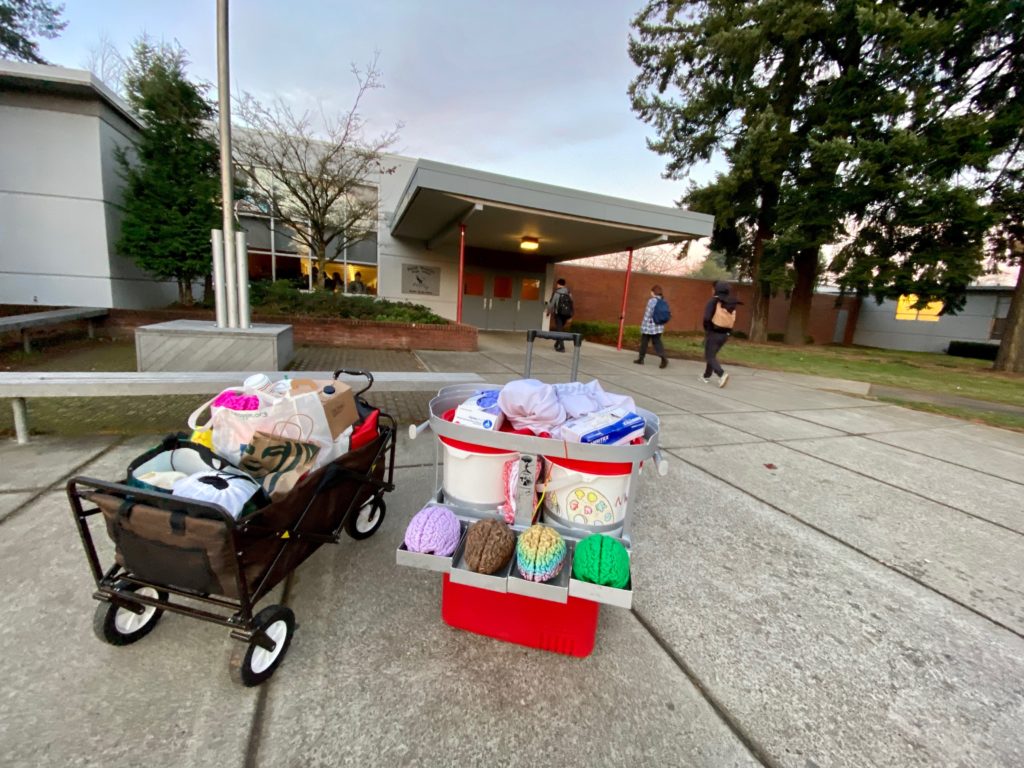
Sleep deprived students were asked to imagine gunshots in the hallway, in a neighboring building, and agonizing cries of pain and injury – and then consider what they’d personally do.

Shelter in place? Run? Fight?
“More than 4 million children endured lockdowns last school year (2017-2018), a groundbreaking Washington Post analysis found. The experience left many traumatized.”
– Steven Rich and John Woodrow Cox
LEARN MORE: How Effective Are School Lockdown Drills?
LEARN MORE: Parents question whether shooting drills traumatize kids
LEARN MORE: When Was the Last Time American Children Were So Afraid?
LEARN MORE: A majority of U.S. teens fear a shooting could happen at their school, and most parents share their concern
LEARN MORE: Mitigating Psychological Effects of Lockdowns
LEARN MORE: Active-Shooter Drills Are Tragically Misguided
LEARN MORE: ‘What if someone was shooting?’
So why is this exercise unique to the United States? GUNS.
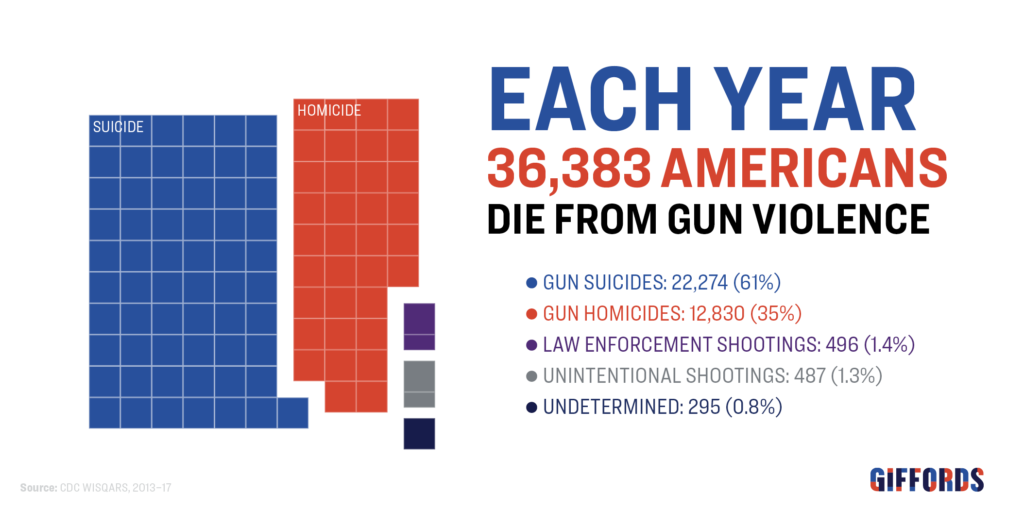
“So long as you have a society with a lot of guns – and America has more guns per capita than any other county in the world – children will be at risk of being shot…”
― Gary Younge
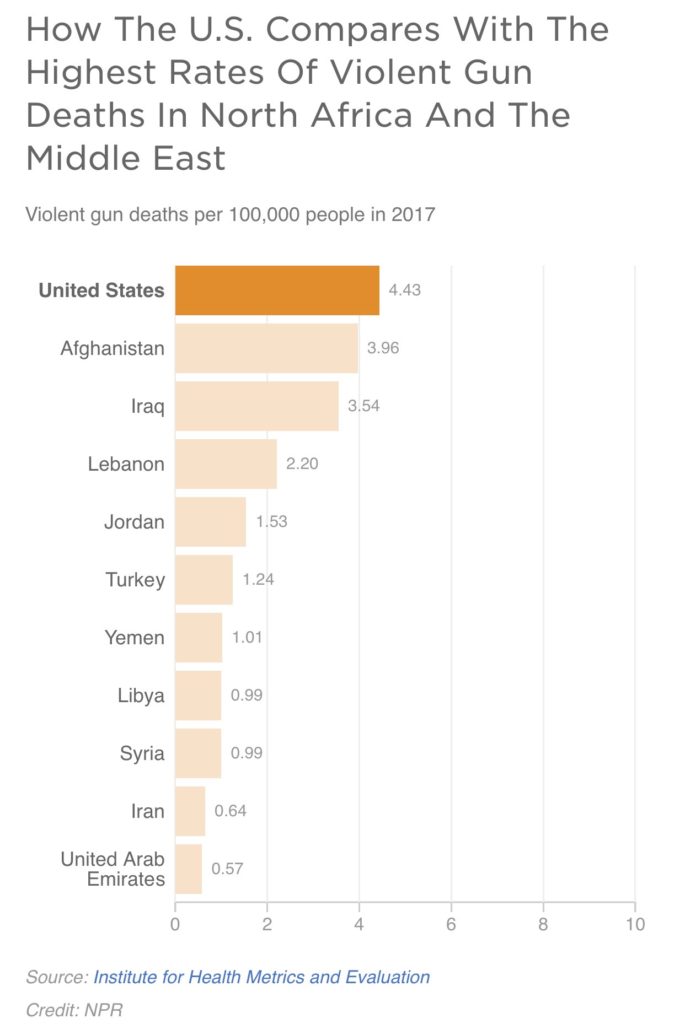
“If one thinks of various ways in which commonplace items, from car seats to medicine bottle tops, have been childproofed, it’s clear that society’s general desire has been to eliminate as many potential dangers from children as possible…if one child’s death is preventable, then the proper question isn’t ‘Why should we do this’ but rather ‘Why shouldn’t we?’ It would be strange for that principle to apply to everything but guns.”
― Gary Younge
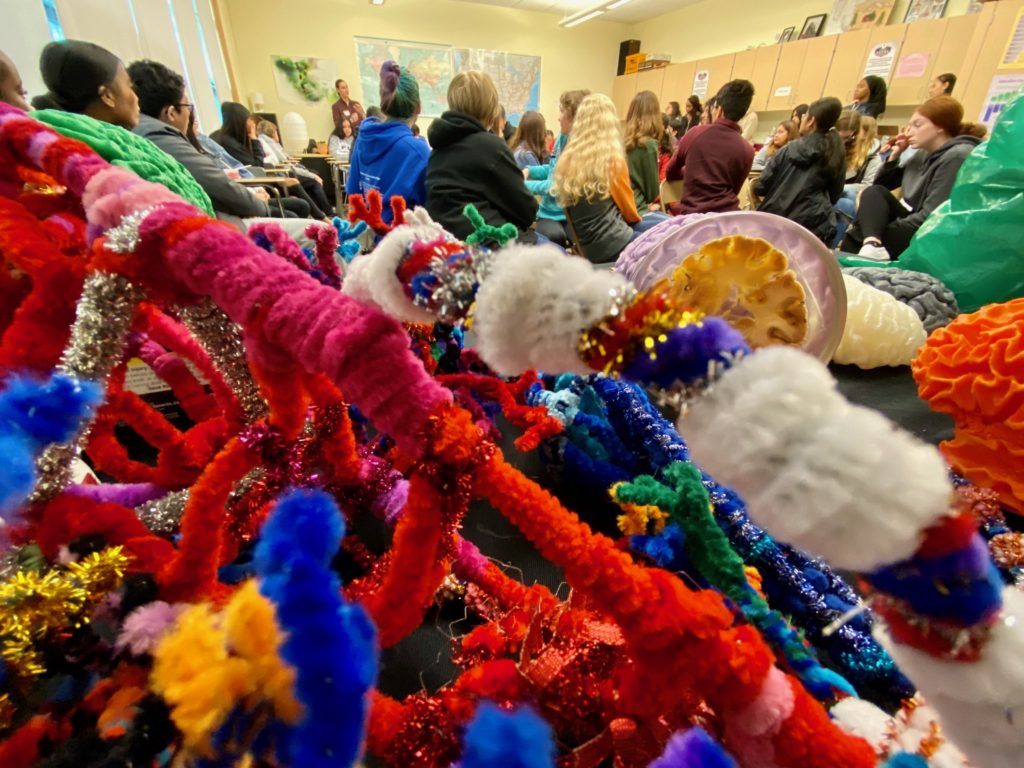
LEARN MORE: Video games don’t cause violence
We could see the anxiety and fear in many faces. One student said it made it tough for him to sleep. Their teacher expressed strong dismay over these drills. “This is my least favorite job.” And the experience provoked more questions. “So is there any research on gun violence? If not, then why? How does money play a role is what gets studied in the United States?”
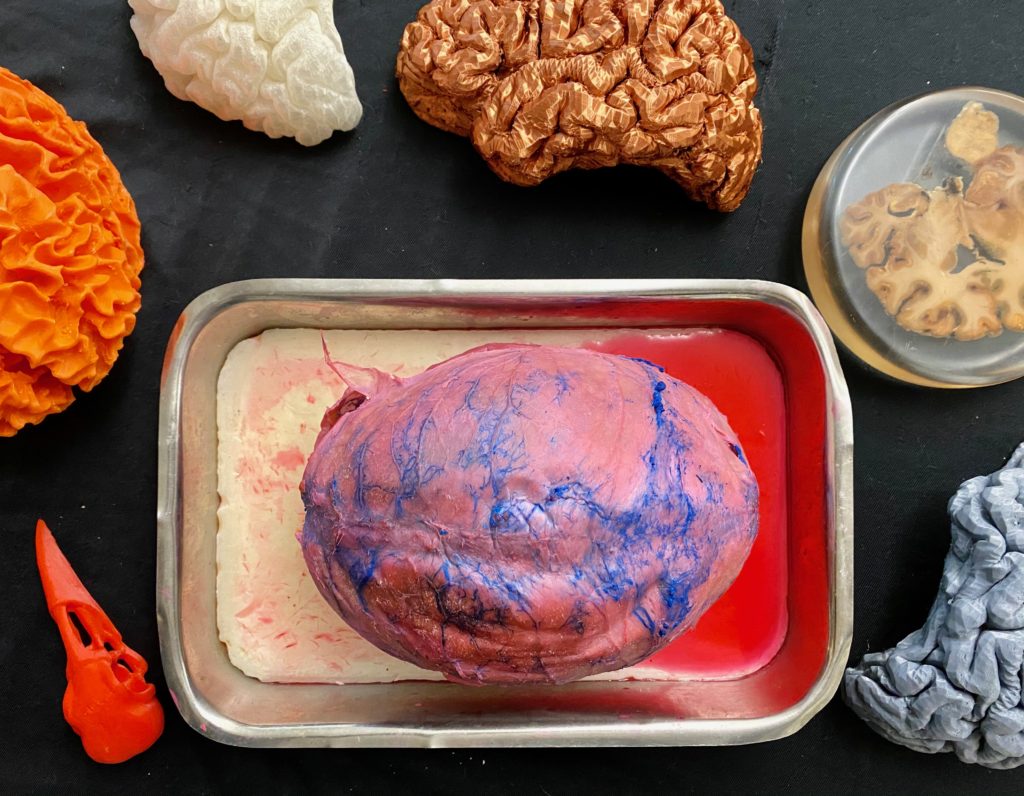
Research evidence is not the only factor determining public policy in the United States (see: opioid epidemic), and many students already know how money can drive harmful political decisions more than relevant facts, including at government agencies like the NIH.
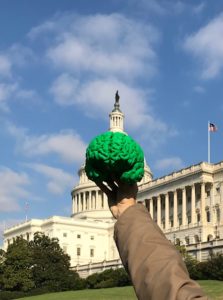
Despite the staggering public health consequences of gun violence, the U.S. federal government has for decades actively discouraged evidence-based research, and federal agencies, including the Centers for Disease Control (CDC), have even avoided using the words “gun,” or “firearm.”
“That’s bullshit” – student at David Douglas High School
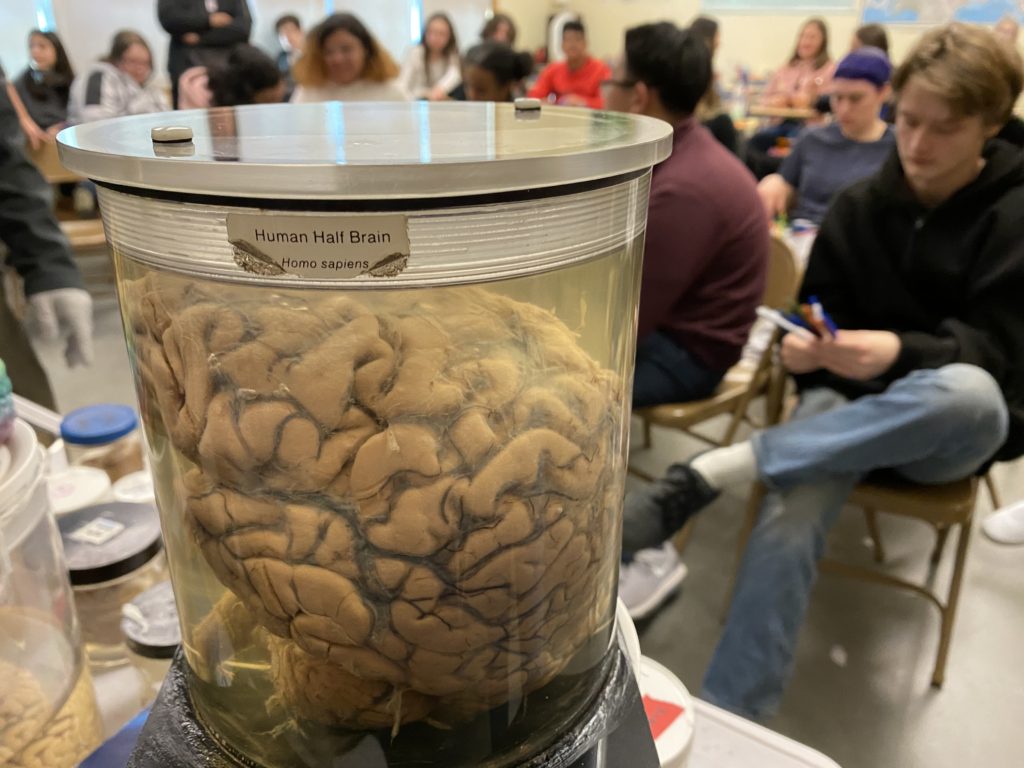
The U.S. Congress approved the Dickey amendment to a federal appropriations bill in 1996, which states that “none of the funds made available for injury prevention and control at the Centers for Disease Control and Prevention may be used to advocate or promote gun control.” “Although the legislation does not ban gun-related research outright, it has been described as casting a pall over the research community.”
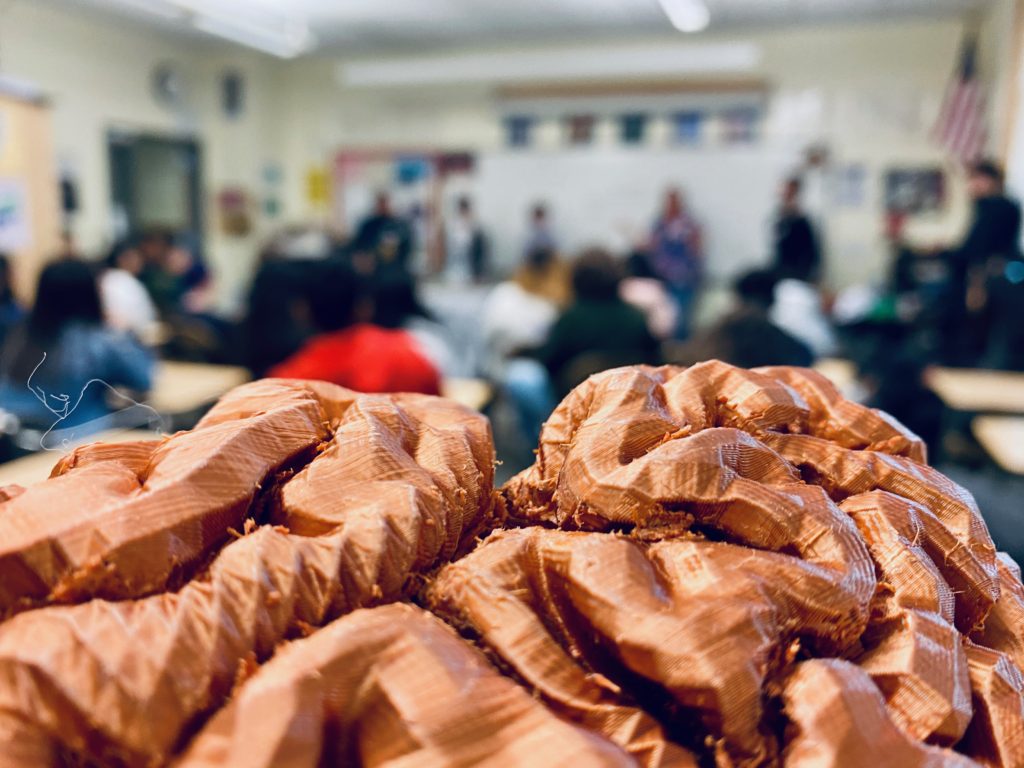
“Since 1996, the federal government has spent $240 million a year on traffic safety research, which has saved 360,000 lives since 1970. During the same period, there has been almost no publicly funded research on gun violence, which kills the same number of people every year. As a result, many questions remain unanswered on the most effective ways to prevent gun violence.”
― Doctors for America
LEARN MORE: Funding and Publication of Research on Gun Violence and Other Leading Causes of Death
LEARN MORE: Why Can’t the U.S. Treat Gun Violence as a Public-Health Problem?
LEARN MORE: How The CDC’s Reluctance To Use The ‘F-Word’ — Firearms — Hinders Suicide Prevention
LEARN MORE: Why the NRA is so powerful on Capitol Hill, by the numbers
LEARN MORE: American Medical Association recommends new, common-sense policies to prevent gun violence
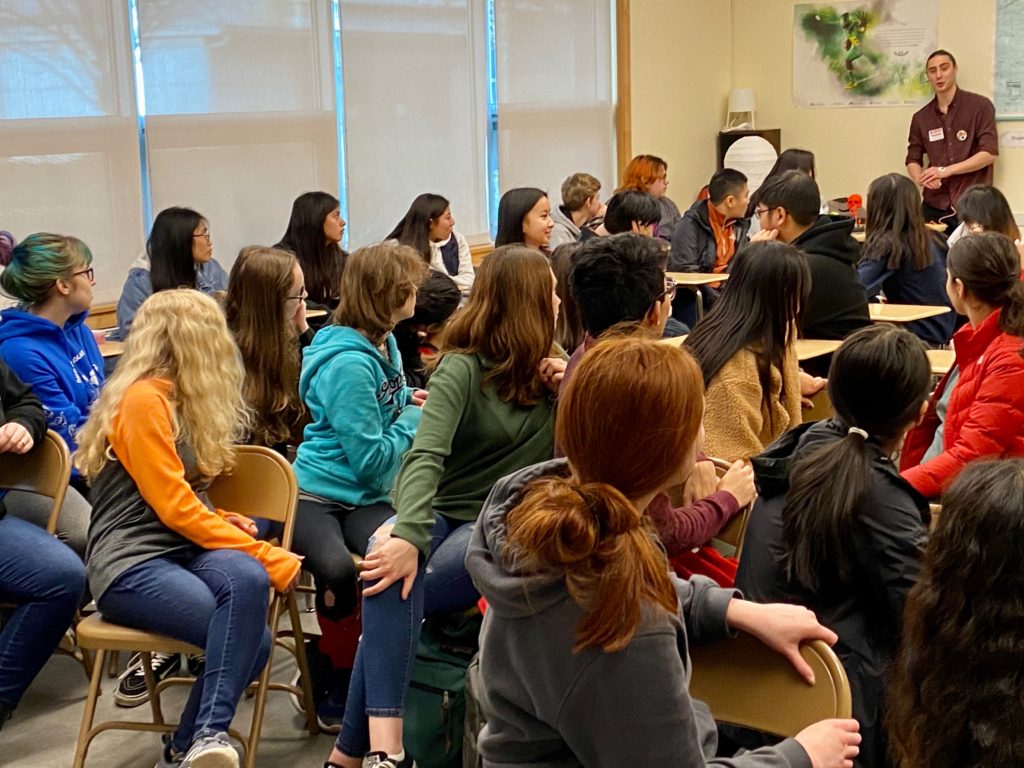
Oregon U.S. Senator Jeff Merkley, a graduate of David Douglas, has called for lifting the the ban on federal research, and for background checks and other gun restrictions, though Republicans in Congress (including U.S. Senate Majority Leader Mitch McConnell, and retiring Oregon U.S. Congressman Greg Walden) have time and again blocked any change.
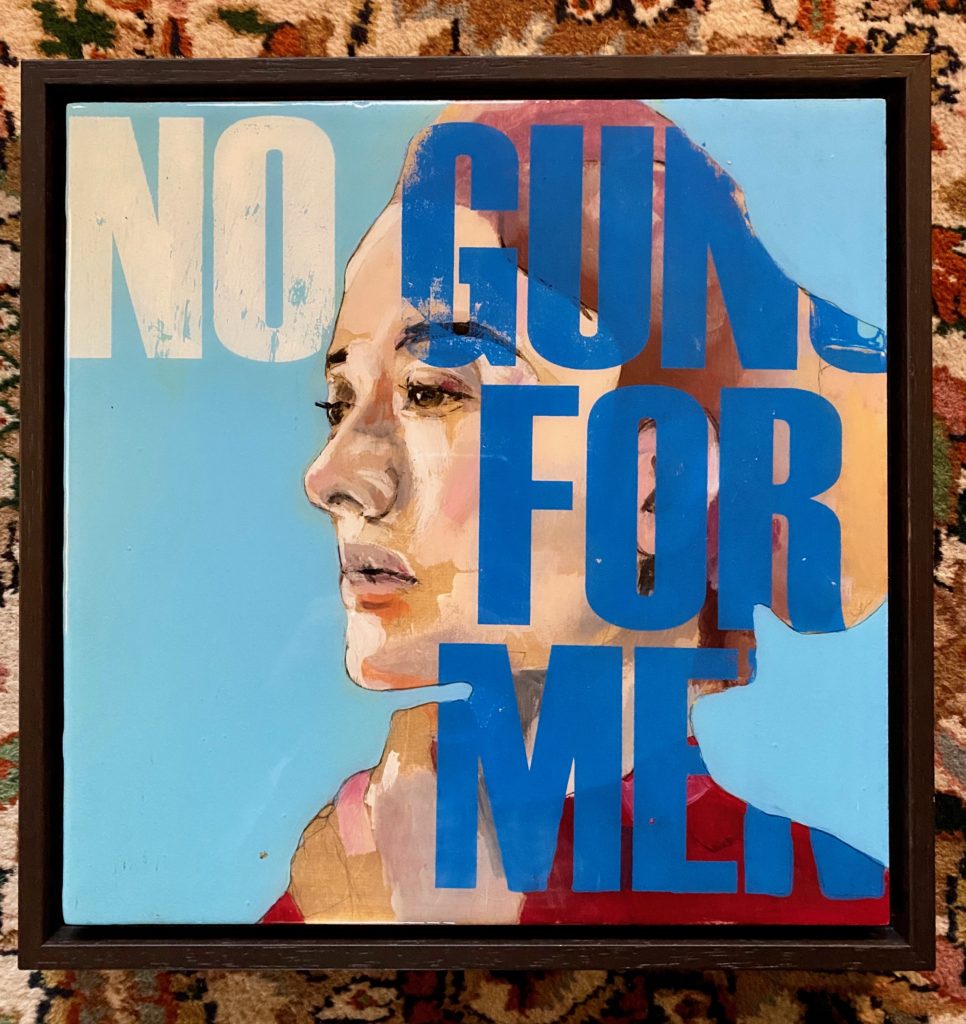
“No Gun(s) for Me(n)”, by William Kendall
So horrific gun violence and traumatizing lockdown drills, continue to plague, uniquely, the United States.
LEARN MORE: Poll: Most Americans Want To See Congress Pass Gun Restrictions
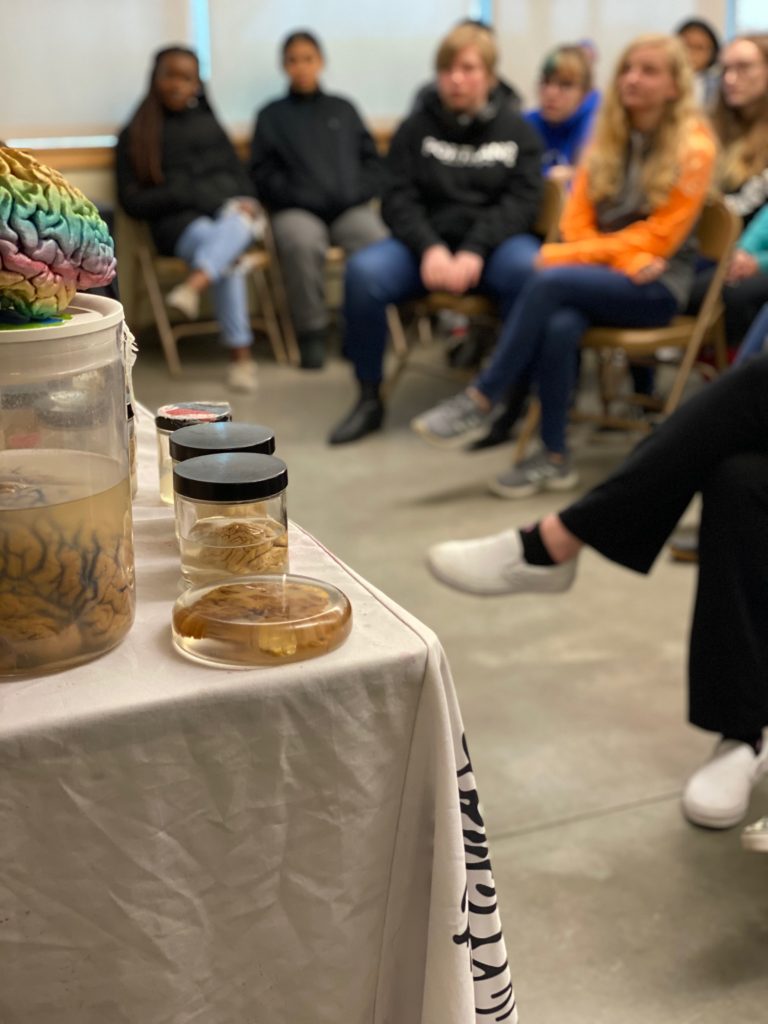
Yet this week (on Monday, 12/16/19) Congress actually voted to direct some funds to study gun violence in the U.S.! Perhaps finally some evidence-based change is on the horizon…
LEARN MORE: U.S. to fund gun-violence research after 20-year freeze
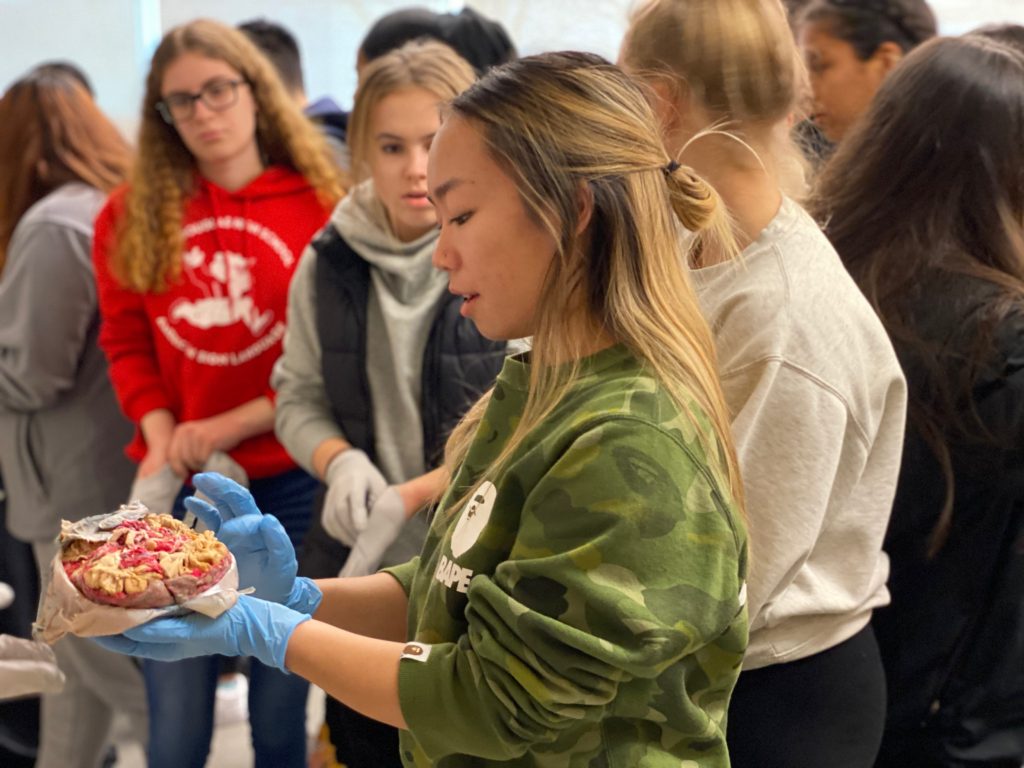
Art & Brains
We enjoyed a wonderful, genuine and informative day at David Douglas, asking questions, crafting neurons, examining brains and discussing neuroscience research on sleep, drugs, mental health, and a host of additional student-driven topics…
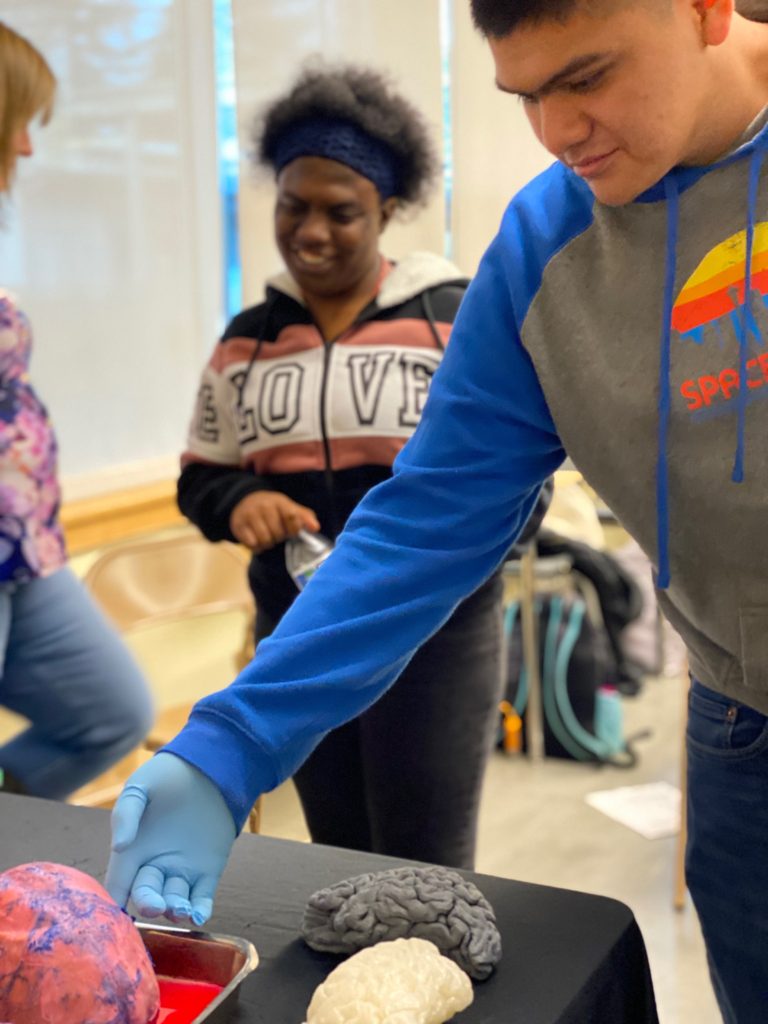
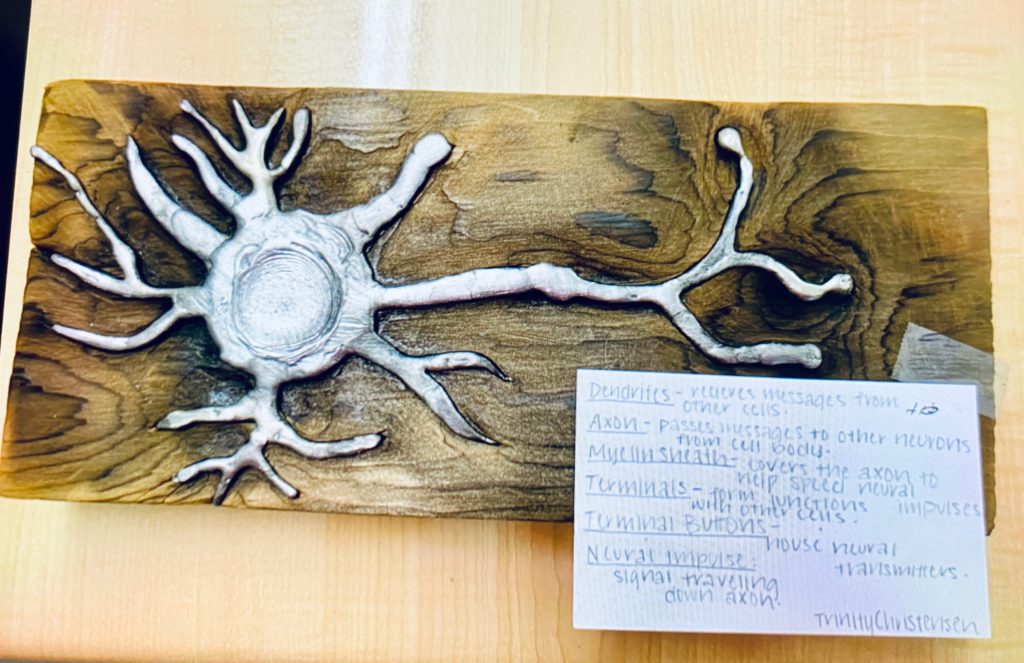
This beautiful neuron was created by a student at David Douglas!
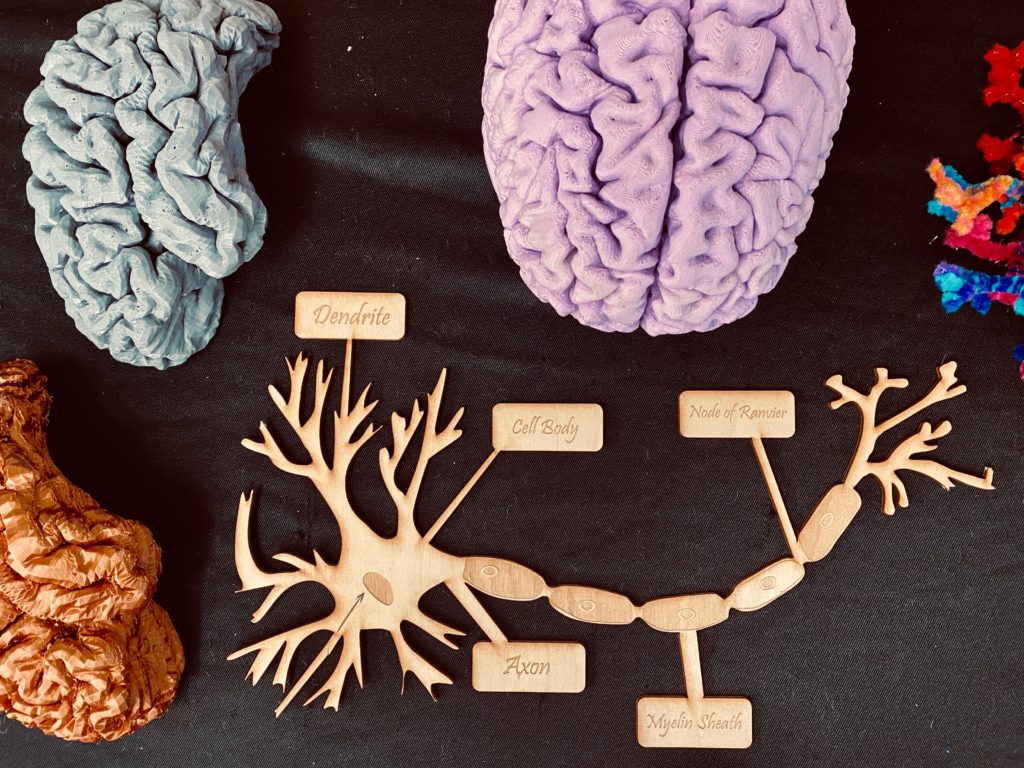
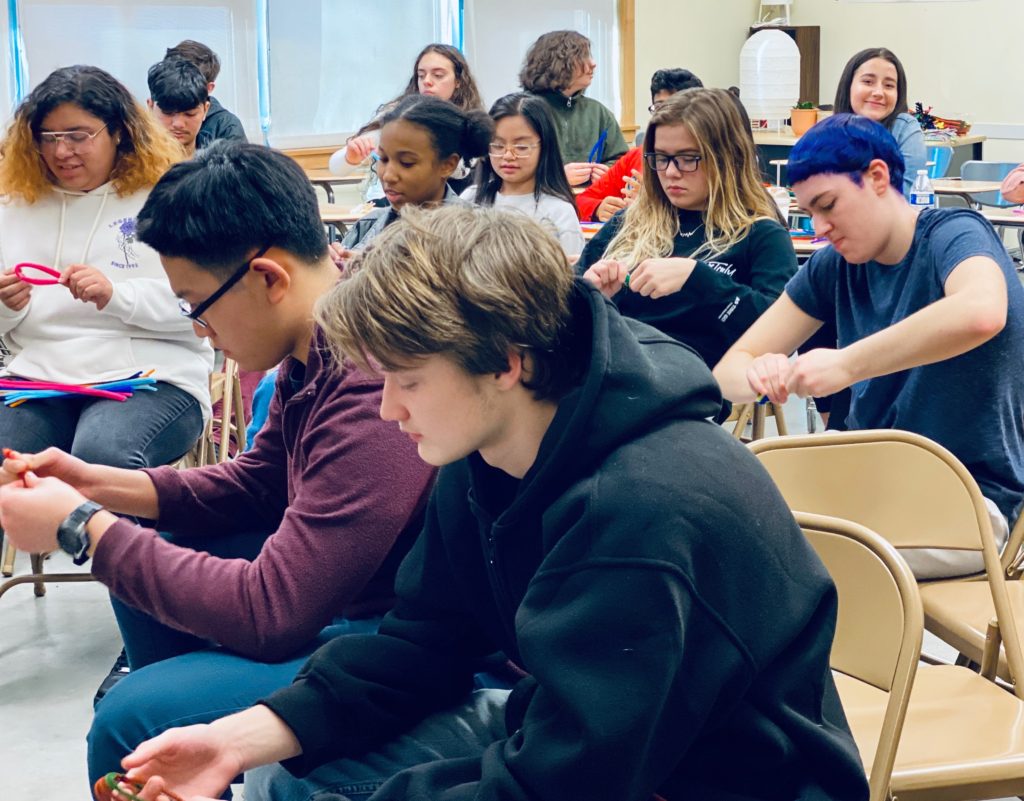
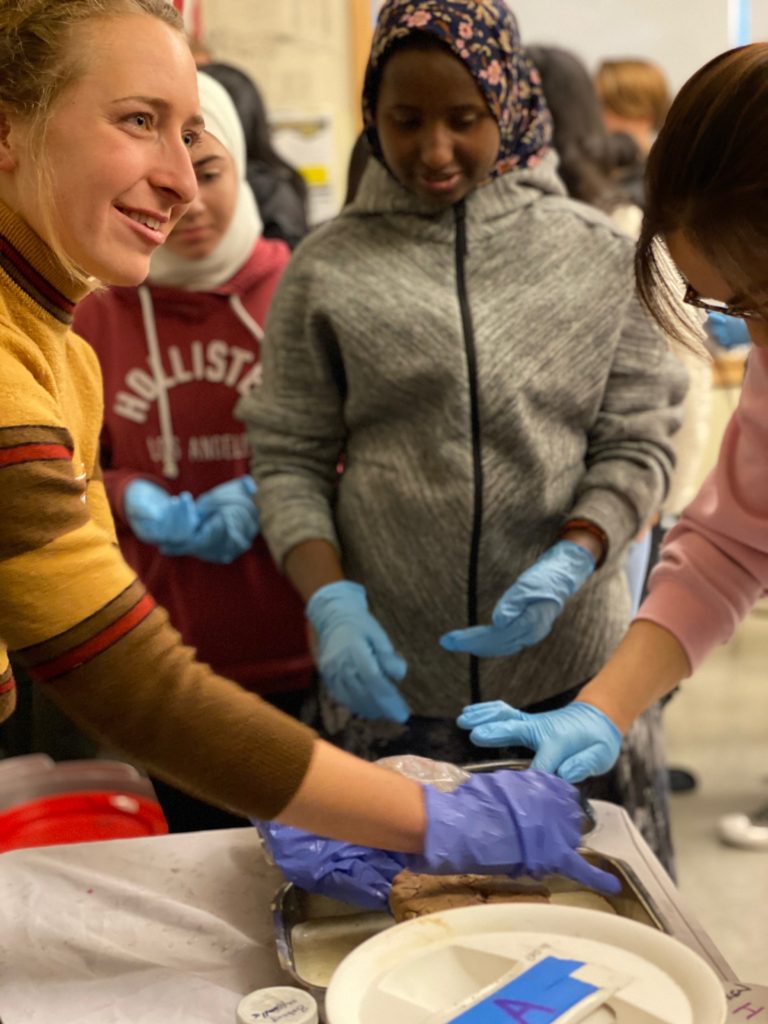
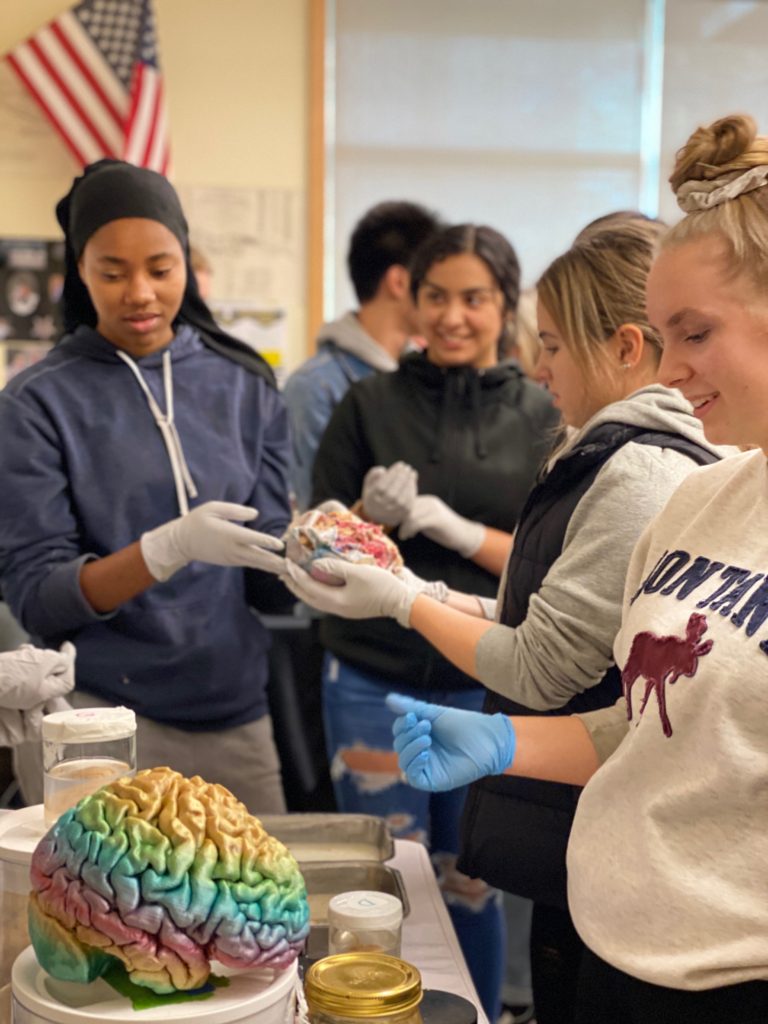
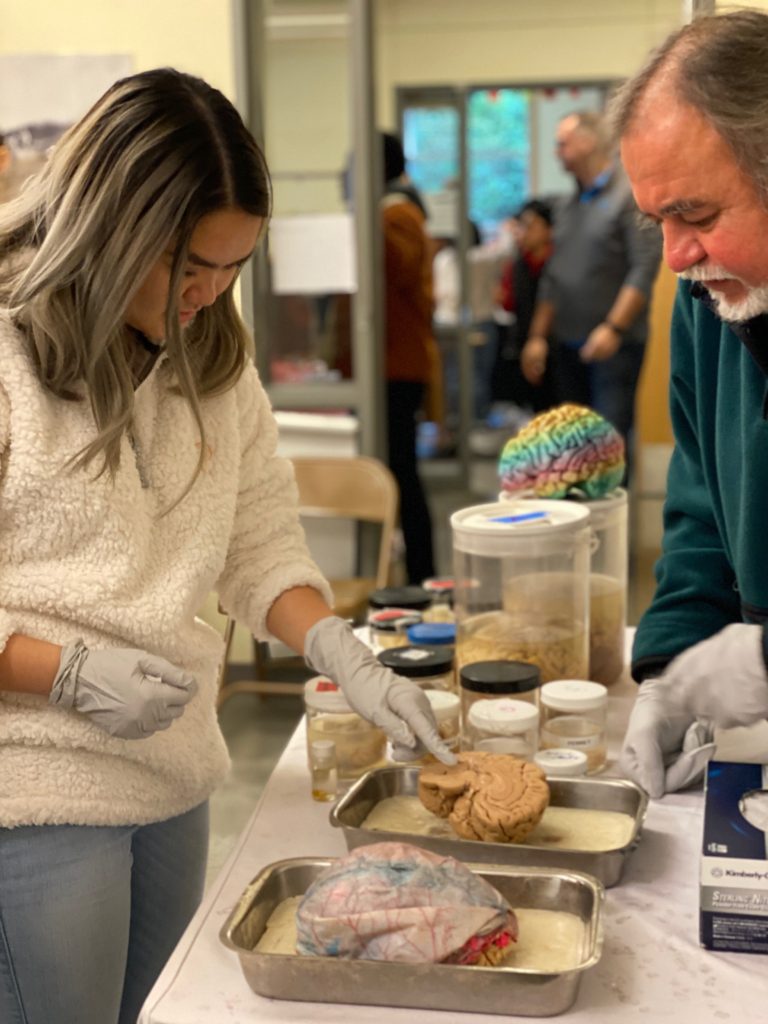
Many, many thanks to the students, teachers and staff at David Douglas – and to our enthusiastic and knowledgeable early morning volunteers!
LEARN MORE FROM DAVID DOUGLAS TEACHER HEATHER ROBERTS: Inspiration & Education!
